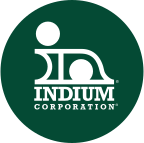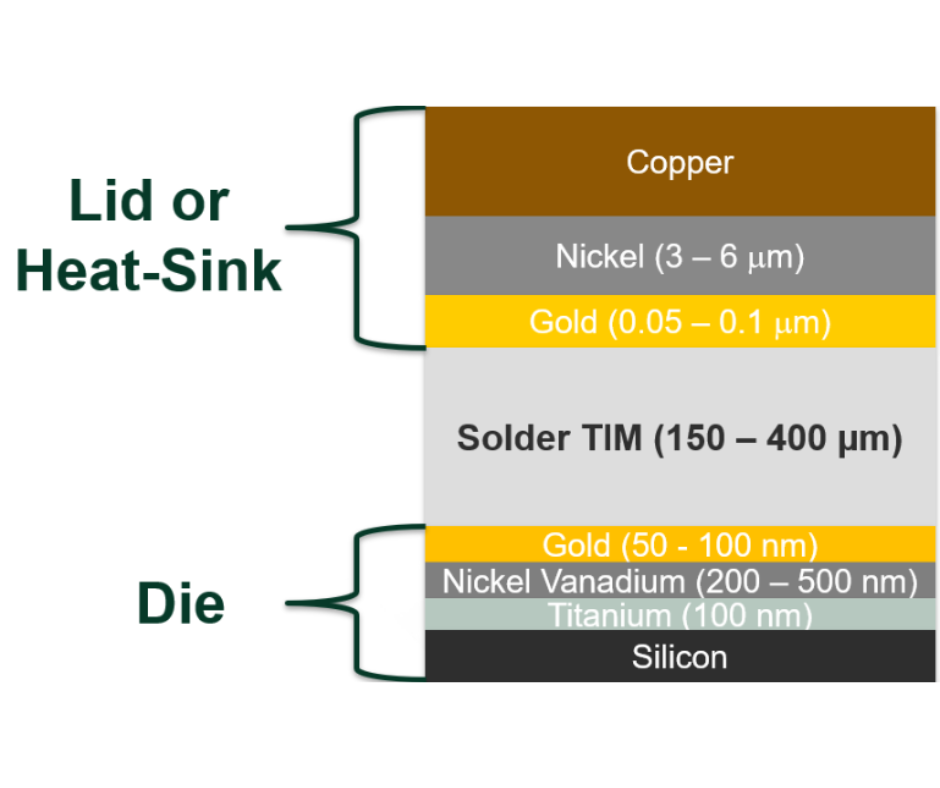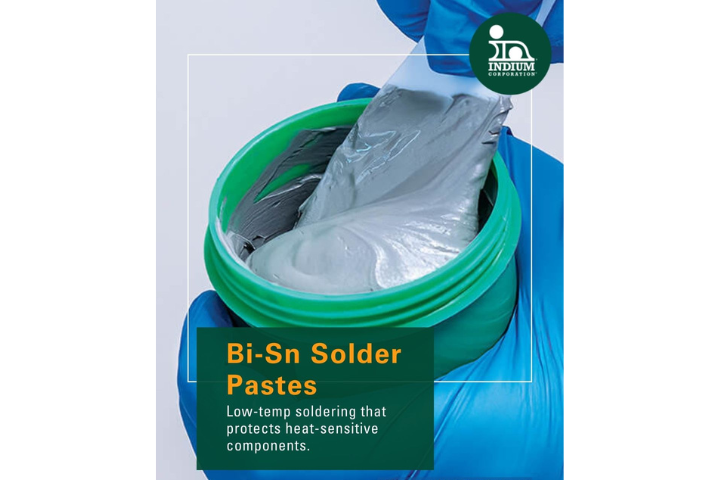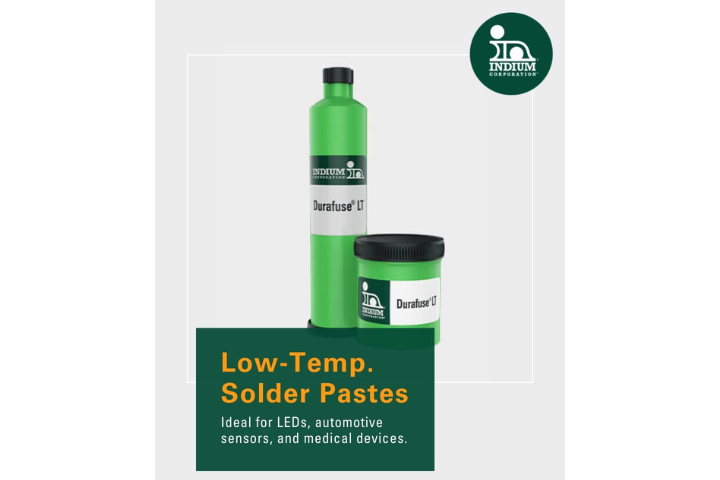At the time of writing, the price of silver (Ag) was approaching the USD$50/tr.oz. (Troy ounce) level, and threatening to go higher. With 1 Troy ounce being 31.1grams, this makes the cost ofpure silver ingot close to USD$1.60/gram.
Materialscosts are therefore amajor consideration for anyone using silver in any form. Naturally, we are now seeing a few Power Semiconductorpackaging housesevaluating the possibility of moving away from silver-filled epoxies for die-attach. The alternatives they are considering includethe adoption of solder paste (or solder in some other form: wire / ribbon / preforms) versus a silver-filled epoxy.
Here are some thoughts on the Power Semiconductor assembly pros and cons, based on using solder paste as an alternative to silver-filled epoxies.
Good news (+)
+ Reduced materials costs
+ Improved pot-life / shelf-life *
+ Improved high temperature thermal-cycling
+ Strong, metallurgical joint formed between leadframe (substrate)/ joining material / die
+ Improved thermal conductivity
+ Faster throughput (more units per hour, UPH)**
+ Easy clean-up ***
+ Does not wick onto NiPd surface to causepoor wire bondability
* Although it is true that solder pastes are stored under refrigerated conditions, they do not require the -40C storage that is typical of silver-filled epoxies.
** The dispense of solder paste is very rapid and can be doneusing multi-dot dispense heads.It undergoes rapid temperature reflow, versus the slow cure needed for metal-filled epoxies, which can be up totypically 1-3 hours, depending on the volume of silver epoxy.
*** Because the solder paste flux does not cure like a polymeric material,tubing and other conduits for the solder pasteare easily cleaned out using common solvents, or can be simply purged with flux.
==================
Bad news (-)
–Capitalcosts #
– Adoption time / new process learning ##
– Needs a solderable die surface
– Voiding increase ####
# The main cost-drivers here are:
– Reflow:Specialtyreflowequipment is required for high temperature solders, such as
Heller or BTUreflow ovens
-Cleaning: Ifwirebonding is required after the reflow process,standard cleaning equipment and cleaning chemistry (aqueous or solvent-based) will be needed to remove flux residues
– Gas: Forming gas(H2/N2) or simple nitrogen maybe needed to assist reflow.
Note thatincreasingly, for clip-bonding (non-wirebonding) applications using the new ultralow residue solder paste Indium9.32, even cleaning may not be needed, as the residue has been found to be compatible withcompatible with a number of molding compounds in the industry.
## By partnering with a company like Indium Corporation with many years of experience in die-attach soldering, the ramp-up time can be significantly reduced.
### A solderable surface is usually a sequence of Ti / Ni / (Ag or Au) plated layers. The thickness of the silver (Ag) or gold (Au)precious metal layer is usually limited to 100nm (0.1microns). Compare this to astandard silver-epoxy bond line thickness (BLT)of 0.5-2mils (12-50microns).
#### Acceptable voiding of less than 5% of the total die area is fairly easily achieved with good quality substrates and die-finishes.
==================
In closing, I am indebted to my friend and colleague Sehar Samiappan (Indium Corporation Area Technical Manager – South East Asia) for his insights.
Contact me to discuss this further.
Cheers! Andy



